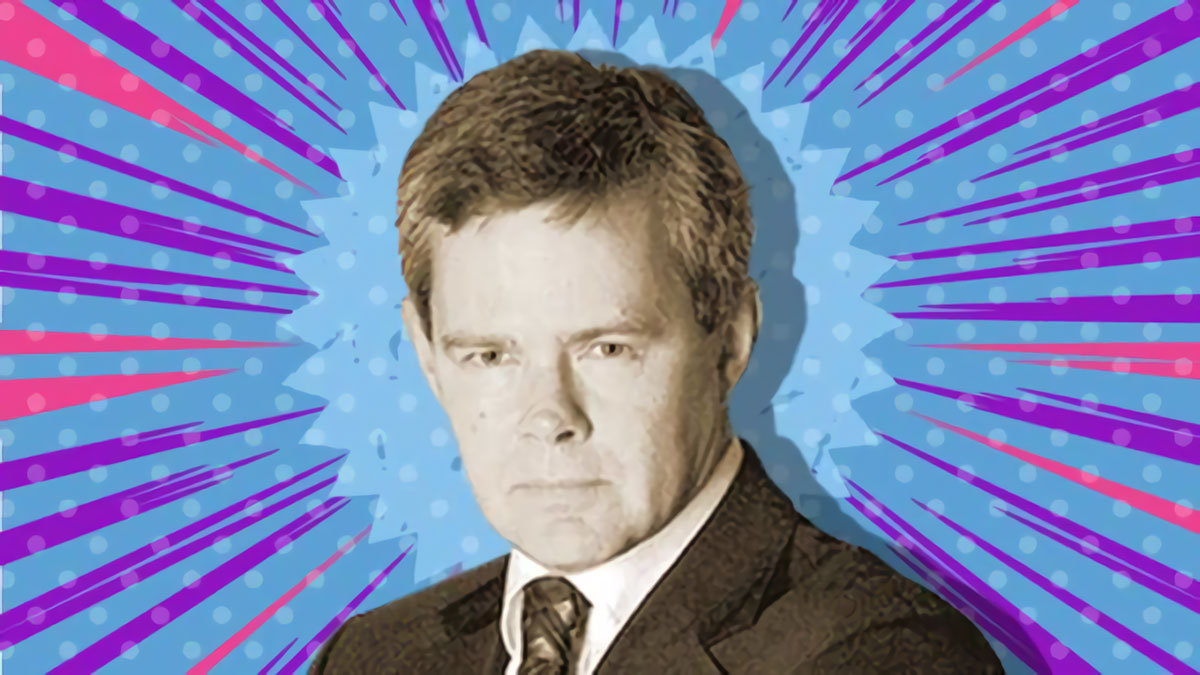Barry FitzGerald: Are these three iron ore juniors getting unfairly spanked?

‘Garimpeiro’ columnist Barry FitzGerald has covered the resources industry for +35 years.
The ASX iron ore juniors have not escaped the share price pain caused by rising inflation/interest rates in the major economies and China’s slowdown because of its COVID lockdowns. In fact, they have been hit harder.
Fair enough, the juniors are more speculative after all. But it has got Garimpeiro wondering if the sell-off in the juniors has been overdone and there is some value to be had at the lower levels.
Straight-up, it should be said it all depends on where the iron ore price goes from here. The last time Garimpeiro looked, iron ore was $US133/t. That puts it at the mid-point between the CY2021 average of $US156/t, and the CY2020 average of $US105/t.
So the price has not exactly crashed as the market pessimism around the slowdown in China suggests is the case. Sentiment has soured towards iron ore’s future direction for sure. But for the time being at least, the price is holding up very nicely.
So more fat dividend cheques from Rio Tinto, BHP and Fortescue. And who knows, a return of buying support for the juniors. Morgan Stanley’s commodities desk actually reckons there is upside in the price – after a bit of a wait, that is.
“With supply from the majors on the rise after a disappointing first quarter and China’s steel demand not yet bouncing, there might well be more downside to the iron ore price in the near term as the market loosens,’’ it says.
“However, as lockdowns are likely to ease and stimulus becomes more effective through the third quarter, we still expect China’s steel demand to recover, which could push steel output higher and open up steelmaker’s margins again, enabling the iron ore price to bounce.’’
“Therefore, we believe that our second half of 2022 base case of $US163/t is still a realistic target at this stage.’’
It added though that the outcome would depend on Beijing not following through on earlier orders for a full-year steel production cut.
All that’s enough for Garimpeiro to go hunting amongst the iron ore juniors, all of which are trading well below their 52-week highs.
FENIX (ASX:FEX): Trading at 31.5c for a market cap of $162m (cash at bank was $85m at the end of March).
The boutique iron ore producer from the Iron Ridge project in WA’s mid-west region generated $33m of net operating cashflow in the March quarter. Cash costs were $A81.72/t so there is plenty of fat on current iron ore prices, and the company has in-the-money hedging providing additional protection.
Fenix is now paying tax so fully franked dividends are part of the plan (50-80% of profit), subject to the usual qualifiers. More to the point, the success at Iron Ridge has prompted the company to look at growth through a combination of expansion, exploration, and regional project acquisitions.
All three would leverage off the Iron Ridge processing base, the company’s joint venture truck haulage fleet, and its export infrastructure at Geraldton. As is well known, all of the iron ore in the world doesn’t amount to much if there is no route to the export market.
Fenix has a proven solution. It means stranded iron ore deposits in the mid-west without a pathway to export markets – and there are lots of them – are more valuable in Fenix’s hands than they are in the hands of an owner without an export solution.
MAGNETITE MINES (ASX:MGT): Trading at 2.6c for a market cap of $98m. The company is now funded to complete a definitive feasibility study and to get cracking on project financing for its Razorback project in South Australia after pulling in $15.8m from a recent rights issue.
Momentum for the staged-development of the huge magnetite resource is also building in response to the growing pressure for the global steel industry to clean up its emissions. Using the sort of high-grade end product (68% iron) that Razorback will produce is an obvious starting point compared with using 58-60% Pilbara iron ores.
The soft magnetite ore at Razorback will give it an operating cost advantage over competing WA magnetite projects, as will its ability to hook into existing power, rail and port infrastructure. And because SA has a high renewables penetration power grid, Razorback gets another “green’’ tick.
GENMIN (ASX:GEN): Trading at 21c for a market cap of $85m. The company was mentioned by Garimpeiro back on December 18 on the strength of its Baniaka iron ore project in southeast Gabon.
It was trading at 21c at the time and still is, which is not a bad effort considering the recent turmoil in equity markets generally.
The resource base at Baniaka has just been increased massively to 700M/t and there is more to come. So Genmin is not exactly resource constrained as it sets out to be a producer by about mid-2024, initially at an annual rate of 5Mt.
As mentioned in December, Andrew Forrest’s Fortescue has put the spotlight on Gabon’s iron ore potential by entering into a three-year study that could lead to its involvement in the development of the Belinga project in the central West African nation.
Genmin got in much earlier and is now working on completing a preliminary feasibility study for Baniaka. A recent agreement to access nearby hydroelectric power gives Genmin a big tick on the “green’’ credentials front.
It is also worth noting that Chinese interests are stomping around Africa seeking out big iron ore projects capable of reducing their reliance on Pilbara iron ore. Does that make Genmin a takeover target for the Chinese?
Time will tell on that score. In the meantime, the company is getting on with the various workstreams to hit that mid-2024 production target. Bell Potter has a 45c valuation on the stock.
The views, information, or opinions expressed in the interviews in this article are solely those of the interviewees and do not represent the views of Stockhead. Stockhead does not provide, endorse or otherwise assume responsibility for any financial product advice contained in this article.
Related Topics
UNLOCK INSIGHTS
Discover the untold stories of emerging ASX stocks.
Daily news and expert analysis, it's free to subscribe.
By proceeding, you confirm you understand that we handle personal information in accordance with our Privacy Policy.








